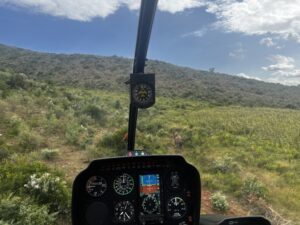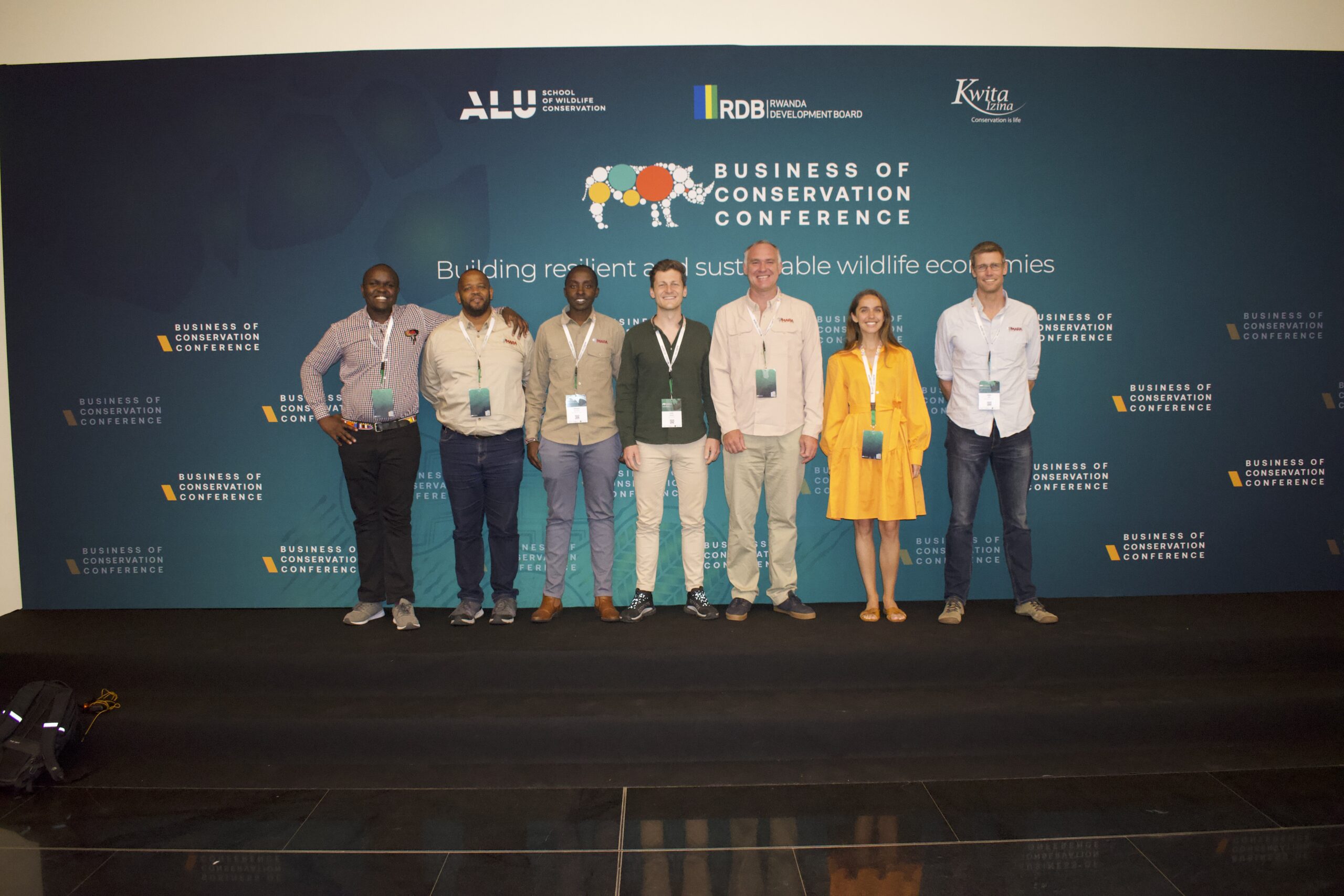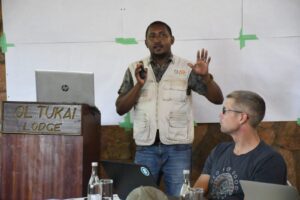The third quarter of this year was the first time in quite a long time Mara Elephant Project has been able to deploy drones as a tool to support our conservation work, a very exciting milestone for the organization. In the third quarter, drones were deployed by MEP rangers to push elephants out of settlements, they were used to monitor elephants for injuries, capture key demographic data and bolster MEP ranger and researcher’s impact. The coordinated efforts of our teams and the strategic use of drones have had a significant positive impact on ensuring the safety of both local communities and elephants.
 In 2024, we’re looking to expand our drone fleet and outfit all nine ranger teams with a drone, add thermal cameras to allow for a clear view while operating them at night, and alongside Expert Drones East Africa, train over half of our staff to operate drones for conservation. We’re looking for a champion for this project, please email me if you’re interested in learning more.
In 2024, we’re looking to expand our drone fleet and outfit all nine ranger teams with a drone, add thermal cameras to allow for a clear view while operating them at night, and alongside Expert Drones East Africa, train over half of our staff to operate drones for conservation. We’re looking for a champion for this project, please email me if you’re interested in learning more.
 The other essential tool for MEP is the helicopter. I responded in the helicopter to several different conflict incidents. In the third quarter alone, we responded to a total of 106 conflict incidents, which is only 80 less than our entire total for 2022. In July, The MEP “Foxtrot” ranger team joined Kenya Wildlife Service (KWS) rangers to move two bull elephants crop raiding in maize farms in the Munyas area. The elephants weren’t responding to the ranger’s efforts on the ground and the MEP helicopter was called in and successfully moved them out of farms while rangers remained on the ground to ensure the community was safe. Another similar incident in the Shompole area in Kajiado County took place and the MEP helicopter was deployed to move the elephants away from the settlements to mitigate a building conflict situation.
The other essential tool for MEP is the helicopter. I responded in the helicopter to several different conflict incidents. In the third quarter alone, we responded to a total of 106 conflict incidents, which is only 80 less than our entire total for 2022. In July, The MEP “Foxtrot” ranger team joined Kenya Wildlife Service (KWS) rangers to move two bull elephants crop raiding in maize farms in the Munyas area. The elephants weren’t responding to the ranger’s efforts on the ground and the MEP helicopter was called in and successfully moved them out of farms while rangers remained on the ground to ensure the community was safe. Another similar incident in the Shompole area in Kajiado County took place and the MEP helicopter was deployed to move the elephants away from the settlements to mitigate a building conflict situation.
I spent some time conducting aerial monitoring in the Loita Forest in September, and when I landed to refuel and take a break, there were two bulls having a drink in a clearing, which is a rare sight in the dense forest.
In August I responded in the helicopter to airlift a young man injured by elephants while he was herding cattle nearby a herd. He received medical treatment and in September the “Golf” ranger team checked in with him and he was recovering well at home. The helicopter was also deployed to assist our partners KWS and the Sheldrick Wildlife Trust Mobile Vet Unit with a treatment operation on identified individual 28 from ElephantBook with two arrow wounds. The arrows were successfully removed from his torso and front leg and the injuries treated.
 Finally, several members of the Mara Elephant Project team attended the Business of Conservation Conference (BCC) in Kigali, Rwanda in August. The event brought together top African leaders, philanthropists, policymakers, innovators and students in the conservation space to discuss ways of investing in wildlife and their habitats to derive economic and cultural value for Africans. During the conference, I joined our Deputy Chairman Kevin Rodrigues to lead a session about how advanced drone and conservation technology training provides skills that support viable employment opportunities for men and women in or out of the conservation space. We enjoyed participating and exchanging ideas with over 300 others at BCC.
Finally, several members of the Mara Elephant Project team attended the Business of Conservation Conference (BCC) in Kigali, Rwanda in August. The event brought together top African leaders, philanthropists, policymakers, innovators and students in the conservation space to discuss ways of investing in wildlife and their habitats to derive economic and cultural value for Africans. During the conference, I joined our Deputy Chairman Kevin Rodrigues to lead a session about how advanced drone and conservation technology training provides skills that support viable employment opportunities for men and women in or out of the conservation space. We enjoyed participating and exchanging ideas with over 300 others at BCC.





